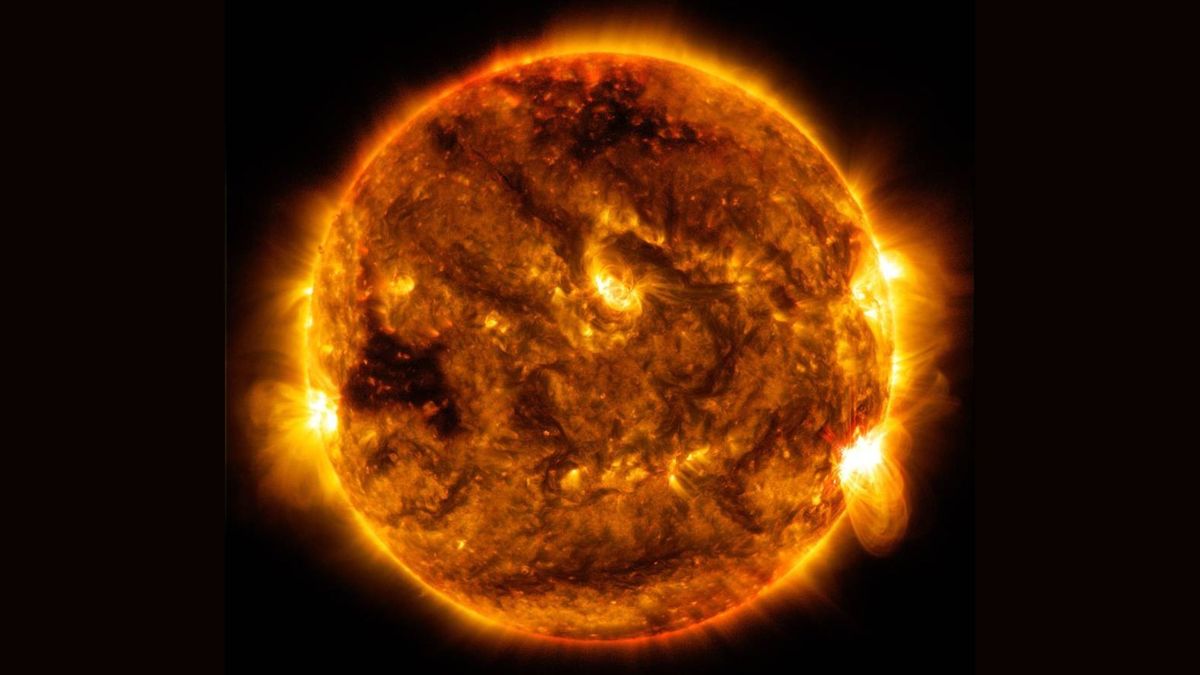Anyone got meter reommendations to measure that ?

 www.livescience.com
www.livescience.com
Regards, Dana.

Highest-energy sunlight ever recorded is far beyond what scientists thought possible
Light from the sun can reach energies of nearly 10 trillion electron volts.
Regards, Dana.
